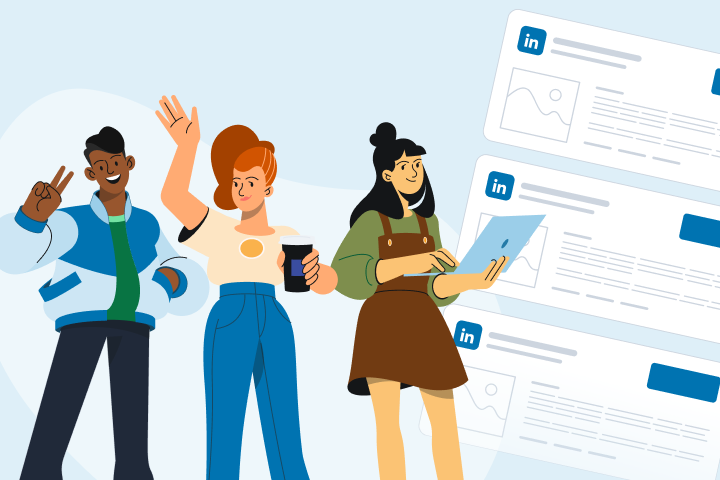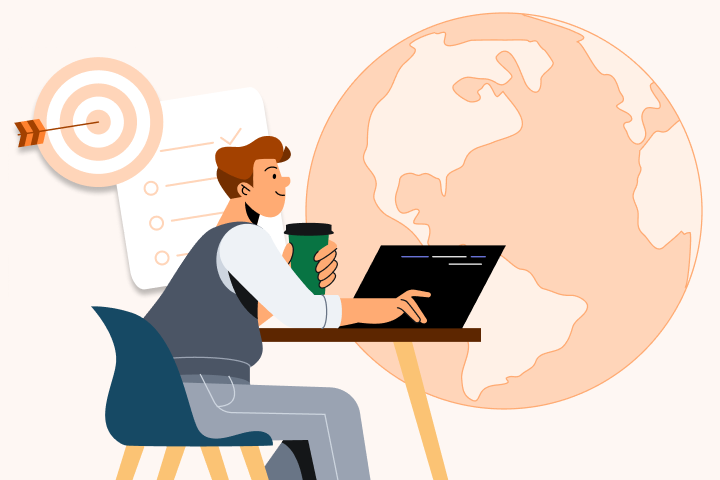How Employee Advocacy Reduces Your Social Media Advertising Cost
Employee advocacy is an effective way of reducing your social media advertising costs.
In layman's terms, employee advocacy is a form of word-of-mouth advertising conducted by your employees–who essentially become your brand ambassadors by posting your content across their social media channels.
There are many ways you can create employee advocacy in your business. Still, the easiest (and most reliable) is to have an employee advocacy program—which you can implement using a tool like GaggleAMP.
“GaggleAmp really cares about customer experience and making sure you get good value from the product. They're always available, responsive, and ready to help you succeed.” — Pamela R, Mid-Marketer
There are various benefits of employee advocacy include:
- Increased brand awareness
- Better brand authority
- Increased trust in your brand
- Better protection from recessions
However, an employee advocacy program notably reduces social media advertising costs.
Today we’ll show you how employee advocacy reduces social media marketing costs. We’ll also show you how to get started.
1. You Don’t Pay per Engagement on Social Media Platforms
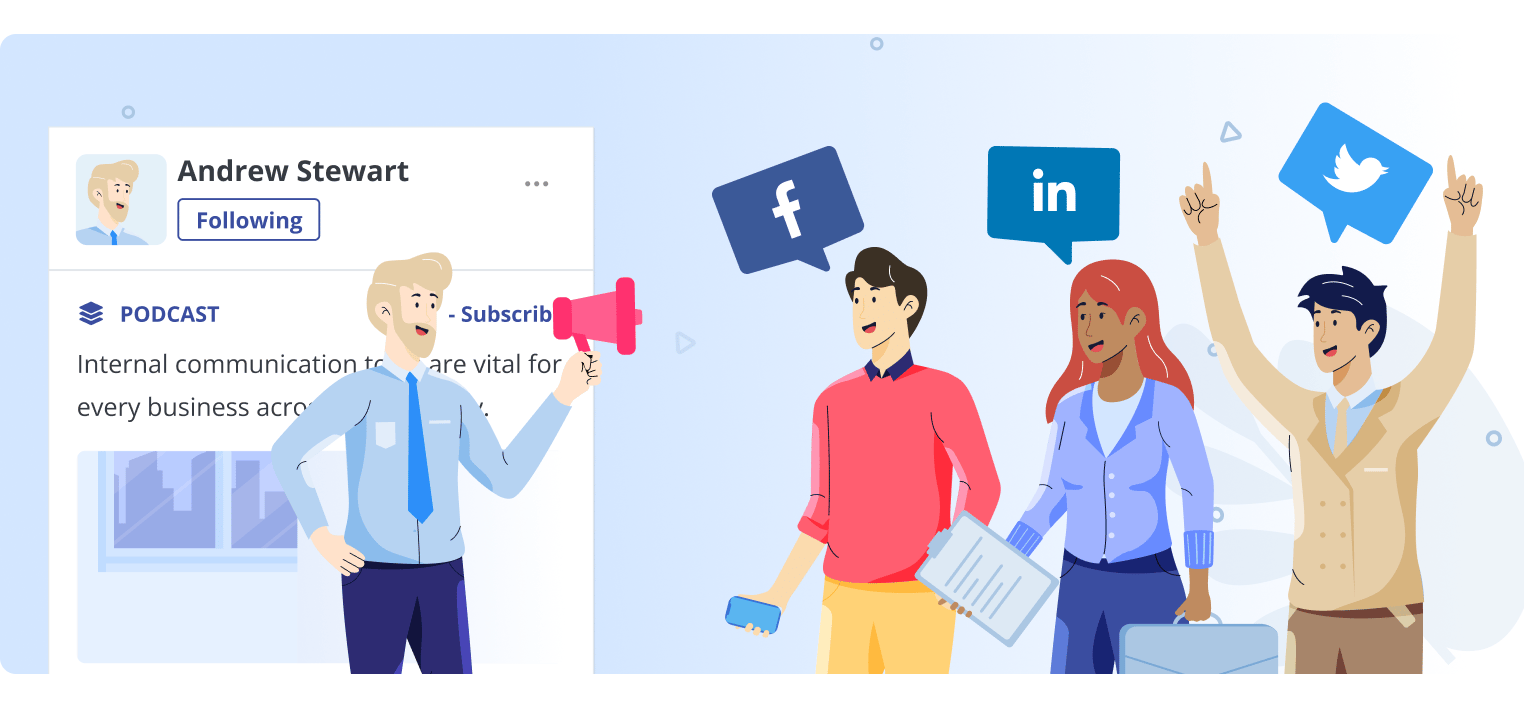
The first (and one of the most important) ways that employee advocacy reduces social media costs is that it removes the need for you to pay for advertising campaigns on social media platforms.
That’s because advertising campaigns usually charge you per engagement—or click—but brand advocacy does not.
To understand this better, let’s breakdown a typical LinkedIn advertising campaign:
-
Your employee manually creates an ad, which takes time and money
-
Your employee sets a maximum budget per their created ad and enters how much you’re willing to pay-per-click from potential leads from a target market they choose
-
You’re charged a portion of money for each click until you reach your maximum budget. At this point, you either increase your budget or LinkedIn will stop issuing your advertisement.
-
Your advertising campaign ends, and you repeat this process.
Now, let’s take a look at the process of launching a similar campaign using a tool like GaggleAMP:
-
Your employee selects from activities you’ve already created on various social media networks, like Twitter, LinkedIn, or Facebook. They share the post or complete the engagement, oftentimes in one click, taking no time at all.
-
Users in your employee’s social circle see the social post and click on it with no charge to you. They can also share it amongst their social circle for increased engagement from people in your target market.
-
The advertising campaign never hits a budgetary threshold, meaning the advertisement never disappears.
-
You repeat the process whenever you have a new advertisement you want to share, and your employees are rewarded for spreading your message through features such as gamification.
As you can see, using a tool like GaggleAMP is much more efficient in reaching your target market cost-effectively than going through paid social media. In fact, outside of a monthly subscription (that usually pays for itself), GaggleAMP is completely free to use — no costs per click or engagement and no hidden fees.
However, you might wonder, if GaggleAMP only shares social media posts across your brand ambassador’s social circles, why is it better and more cost-efficient than a marketing campaign issued to thousands of LinkedIn users worldwide? This brings us to our next point.
2. You’ll Have a Higher Click-Through Rate (CTR)
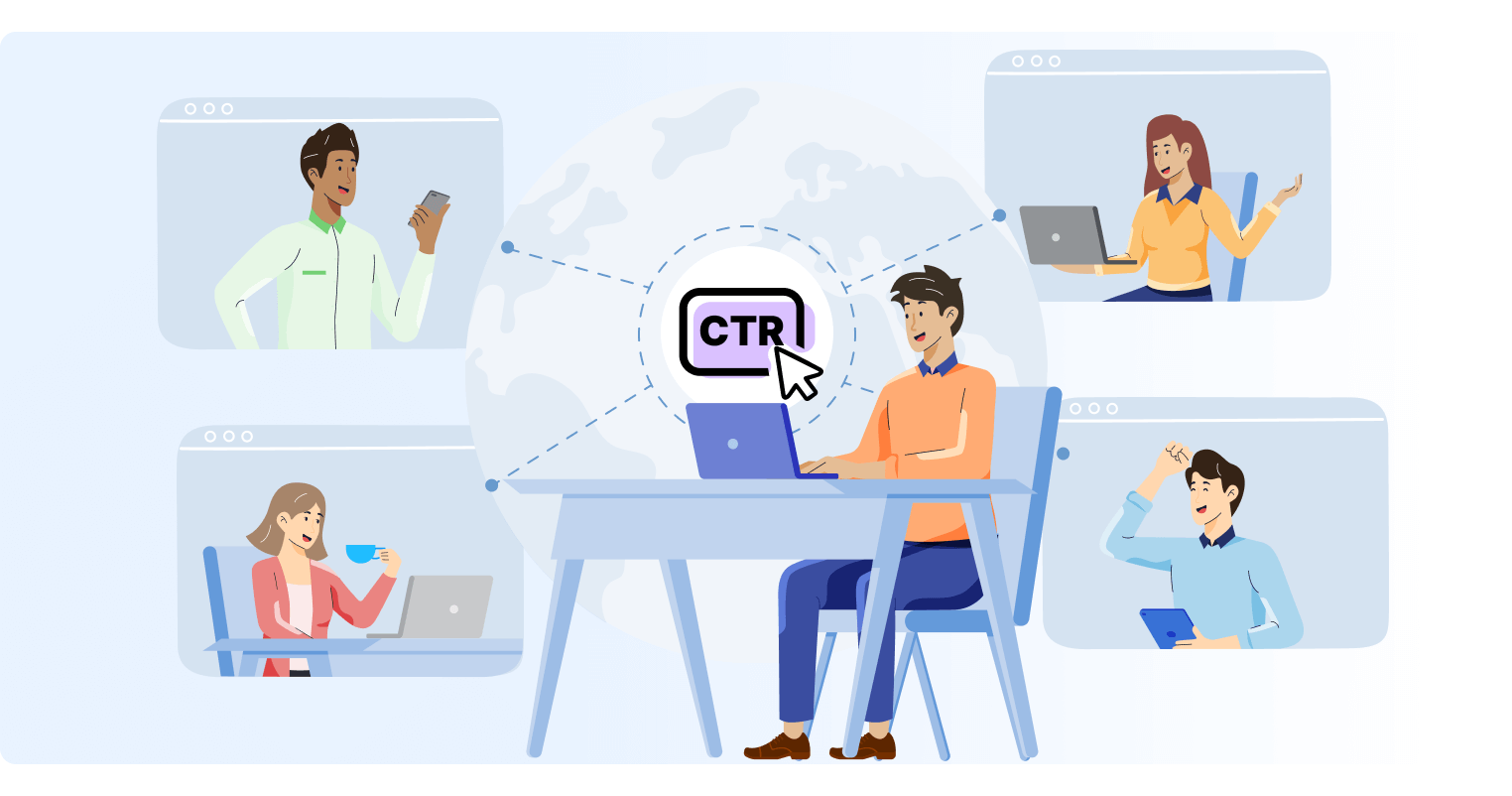
When you’re advertising content to your brand ambassador's social circle, it’s more likely that those in their social circle will click on your content than if you were advertising to random strangers. Why? People trust people, not brands.
In fact, according to ZDNet: “Four in 10 consumers scroll past and no longer trust social ads.”
And according to a second stat from Targeted Media Services Network, “67% of consumers are more likely to engage with ads on a website of a publisher they know or trust.”
The key word in both of these stats is trust. See where we’re going with this?
People no longer trust social media ads. This is a problem because most people only engage with ads they trust.
However, since your brand ambassadors share content with people within their social circle, the people who see your advertisements will trust them because they know your brand ambassadors personally.
This means you’ll have a higher click-through rate from those people.
So how does a higher click-through rate relate to a reduced social media advertising cost?
It’s simple: if more people click on your content, you’re not losing money on an unsuccessful campaign.
Further, because you’re not paying per engagement, a higher percentage of the money you make goes straight into your pocket. In other words, you’re getting a higher ROI while spending less.
So how do you start on this? As said above, by using a tool like GaggleAMP:
“GaggleAMP really cares about customer experience and making sure you get good value from the product. They're always available, responsive, and ready to help you succeed.” — Pamela R, Mid-Market
3. You’ll Have Increased Lead Conversion, Creating a Quick ROI

This next point goes hand-in-hand with the previous one: because your social media content is being engaged with by people within your brand ambassador's social circle, those people are already more likely to trust your brand.
Basically, your brand ambassadors will have told their peers all about you.
According to Adobe Business, “7 in 10 customers will buy more from brands they trust.”
So quite simply, if you can build trust quickly, you’ll have increased lead conversion and a quicker ROI while paying less for your social media advertising campaigns. See how we’re reducing cost?
On the other hand, by hosting a traditional social media advertising campaign, you’ll reach out to people who have never heard of you—those not even in the awareness phase of the sales funnel.
This means even though your social media platform is sending your advertisement campaign out to thousands, nobody is clicking on your advertisements, and you’re not enjoying a higher lead conversion.
Essentially, you’re paying more money but getting less out of it.
Yet, host your advertising campaign correctly through a tool like GaggleAMP, and you’ll have increased lead conversion, which leads to:
- Developing your target market
- A snowball effect bringing in more and more customers
- Higher profits at a reduced cost
- A strengthened brand name
Related: How Brand Advocacy Can Boost Your Lead Generation.
Here’s what another user said about GaggleAMP:
“With lean, agile internal marketing organizations, GaggleAMP enables me to quickly scale up an employee social advocacy program with all of the support and structure needed to help it succeed.” — Administrator in Biotechnology
4. You’ll Save Time and, Therefore, Money

Finally, an employee advocacy program will save you time.
In fact, GaggleAMP allows you to curate social posts your team can share, direct them to opportunities to comment on social media, help them increase their engagement, and overall raise their personal social media profiles.
So how does that reduce costs?
Think about it: you’re paying your marketers to market your brand, right? Yet, without the ability to leverage your company’s greatest assets — your employees — you’ll need to manually create every ad. Your marketers will be spending hours on the backend efforts rather than helping promote their own team, who have a vested interest in their success.
The whole time your marketers are not bringing in any customers, and the more money you’re losing to paid ads
In other words, your marketers aren’t being very efficient, and inefficient marketers mean:
- You’ll lose money and profits
- You’ll miss deadlines
- Your business won’t grow
In short, while you think your marketers may be doing good with excellent advertising campaigns, they’re spending more money in the time they take to make them. All the while, GaggleAMP can help your marketing team ready your employees with actionable content they can share, or engage with, on social media.
“GaggleAMP streamlines social sharing for our employees. Our employees have one central place to find any type of content they'd like to share on their social channels, all with proper corporate messaging and on-brand images.” — Jamie G, Social Media Strategist
So with all of this in mind, once you have GaggleAMP set up and ready to use, how do you properly implement it to reduce costs?
How to Implement Your Employee Advocacy Program and Reduce Social Media Advertising Costs
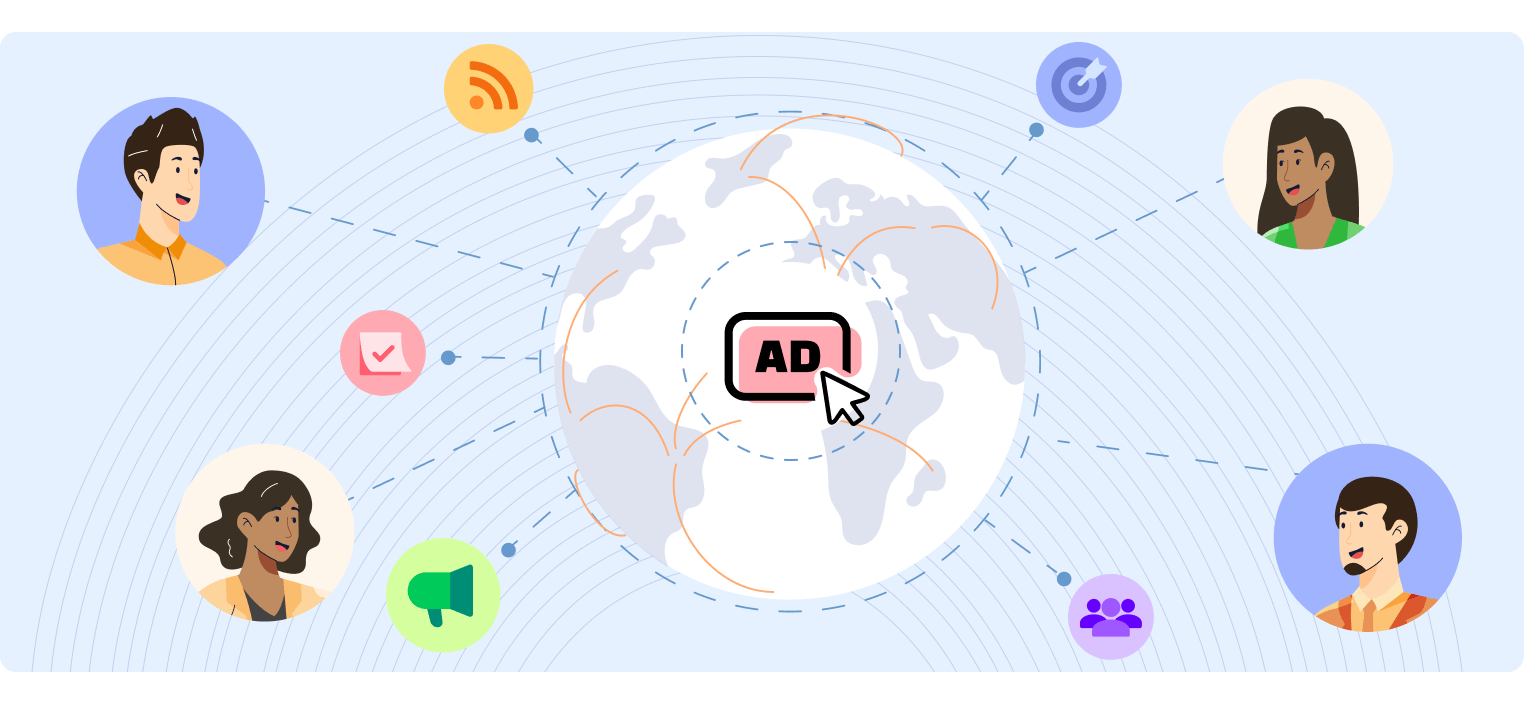
-
First, you and your marketing team should choose the best tool to integrate an advocacy program into your workflow. For example, GaggleAMP is an excellent choice that comes with complete Member Training, a customer implementation manager, and ongoing support with a Customer Success Manager.
-
Set your goals. Once you’ve chosen your favorite advocacy tool, you need to decide on your goals and key performance indicators (KPI) before launching a campaign. For example, what is the outcome you want to achieve within your company and how can your employee advocacy efforts support that outcome?
-
Plan out your campaign. You now need a campaign planned out to reach those goals. Here are some questions to ask yourself:
-
What platforms do you want to engage on? Where do your employees engage?
-
What is the goal of your social posts?
-
How many activities should employees perform to help achieve your goals?
-
What topics are relevant enough that your employees will want to post about them?
-
Add an incentive. You're paying your employees, but what would make them more likely to post and push out your campaigns? How about a bit of friendly competition with a leaderboard?
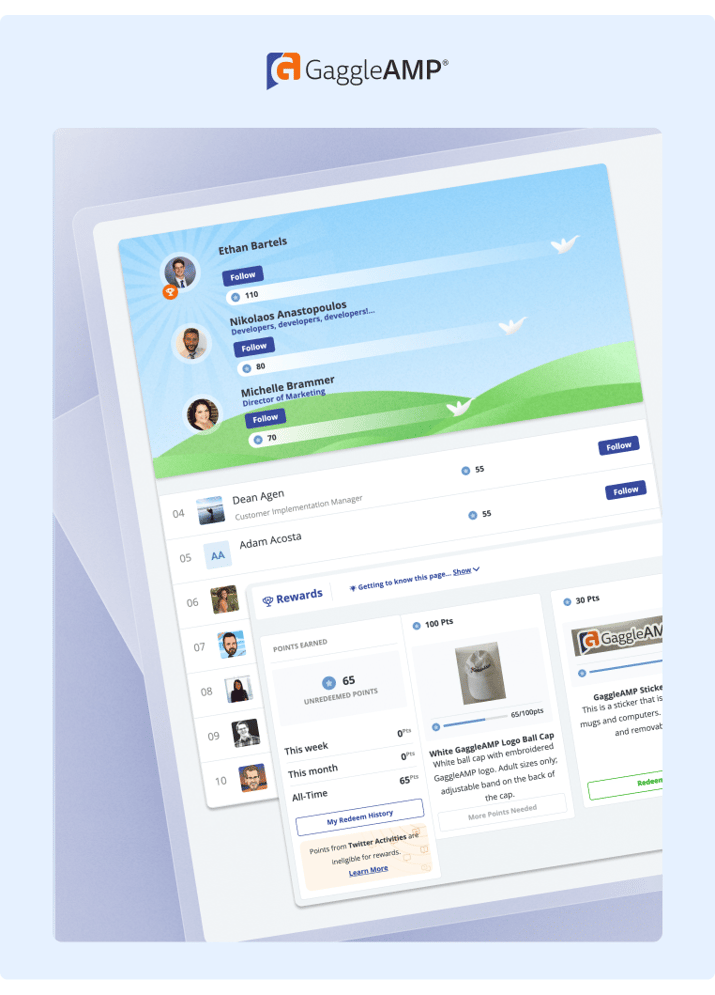
-
Get started. Share your campaign with your employees and watch them share content across their social media channels with one click.
Get in Touch With GaggleAMP Today
As said, GaggleAMP is here to help you make employee advocacy easy. Our mission is to make sharing content comfortable for both employees and stakeholders—and we’re one of the first companies to do it.
So get in touch with us today to get 14-days on us, or check out our blog to learn more about what we can do for your brand.
“GaggleAMP makes it so easy to share our social content with employees to make sure everyone stays updated and engaged.” — Administrator in Telecommunications


